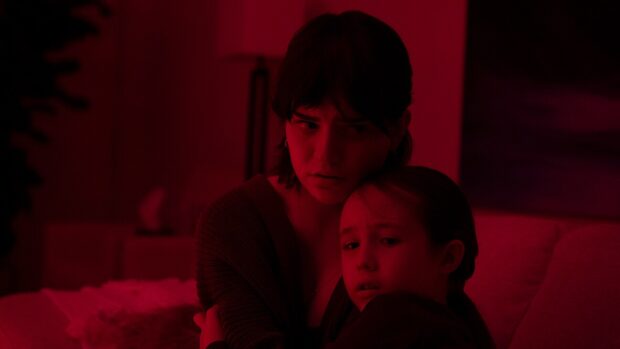What does it mean to be happy? The last few years of global crises, lockdowns, and ubiquitous connectivity has seen our social algorithms serve us answers to that on a daily basis. Some might argue that happiness is not so much a destination as one part of the journey. Director Yuta Shimotsu really wants to know, “Are you happy now?”
In this film, commercial filmmaker Shimotsu stylistically and (somewhat) thematically follows their 2020 short film Dreaming to Accept Reality. Like that previous short, it sees a young woman (Kotone Furukawa) visit her grandparents. Their seemingly endless supply of happiness is punctuated by some odd behaviour, and a house that appears to hold more than one secret.
Saying anything else about the plot at this point may be criminal and, given that it’s filled with seemingly non sequitur turns, complete folly. From the start, there’s something unnerving about the doors in the grandparent’s house. Everybody in town seems to be in on something that the unnamed granddaughter doesn’t know yet. She’s forbidden from hanging out with an old friend. The grandparents oink loudly at the dinner table. Plus, there’s a strange noise coming from upstairs.
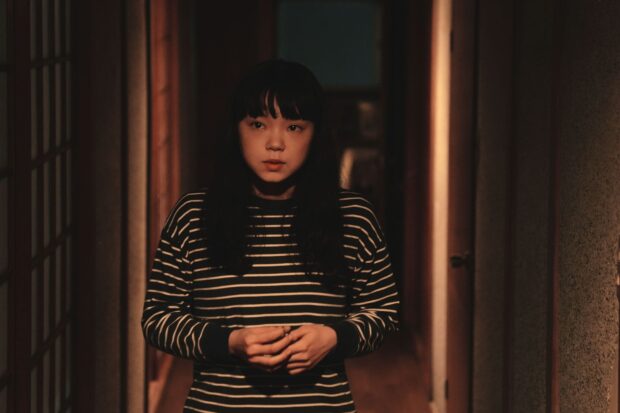
It would be tempting to call the events of BEST WISHES TO ALL (みなに幸あれ) unhinged, but there’s a controlled chaos at play here. On some level, it kept reminding me a bit of Kim Jee-woon’s The Quiet Family (remade in Japan by Takashi Miike as The Happiness of the Katakuris). This was not so much in plotting, but in the general tone of its gleefully dark comedy vignettes, the kind where you were increasingly horrified – but you still want to keep peeking inside the box.
As the walls of reality start to close in on our nameless protagonist, and the very nature of existence is questioned, the mystery gives way to desperation on her part. The truly bizarre seems commonplace to everyone but Furukawa’s character, and even as an audience member you start to question whether you’re seeing what everybody else can clearly see. Furukawa is terrific, especially in the back half of the film where her frustration is tangible.
Which brings us back to the original question of finding one’s path to happiness. In Shimotsu’s own strange way, this confident debut film shows someone who ultimately finds their bliss in the most unlikely of places. Just don’t expect any social media influencers to be taking the Yuta Shimotsu happiness challenge anytime soon.

2023 | Japan | DIRECTOR: Yuta Shimotsu | WRITERS: Yuta Shimotsu, Rumi Kakuta | CAST: Kotone Furukawa | DISTRIBUTOR: JAPAN CUTS | RUNNING TIME: 89 minutes | RELEASE DATE: 26 July-6 August 2023 (JAPAN CUTS)
![Review: Best Wishes to All [Japan Cuts 2023]](https://thereelbits.com/wp-content/uploads/2023/07/best-wishes001f-203x150.jpg)
![Review: Mayhem Girls [NYAFF 2023]](https://thereelbits.com/wp-content/uploads/2023/07/mayhem-girls001f-203x150.jpg)
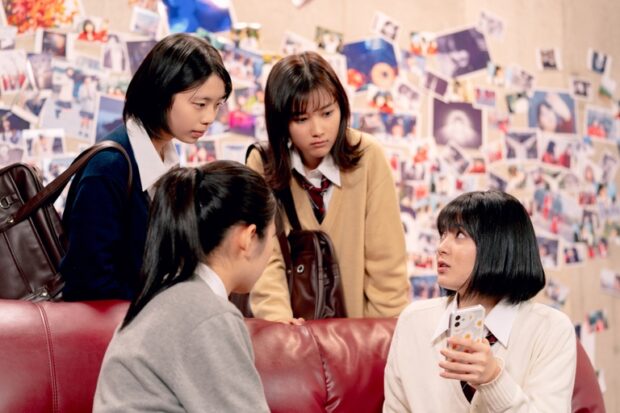



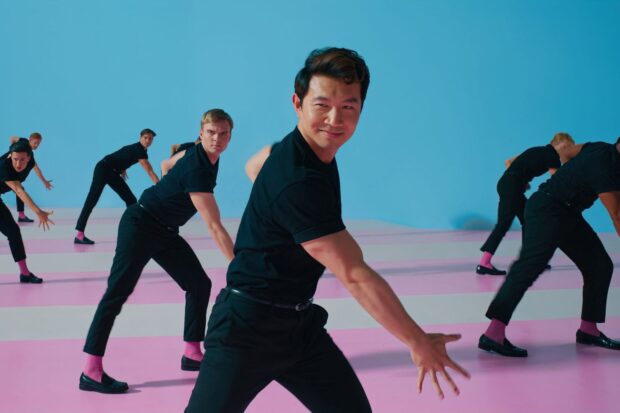


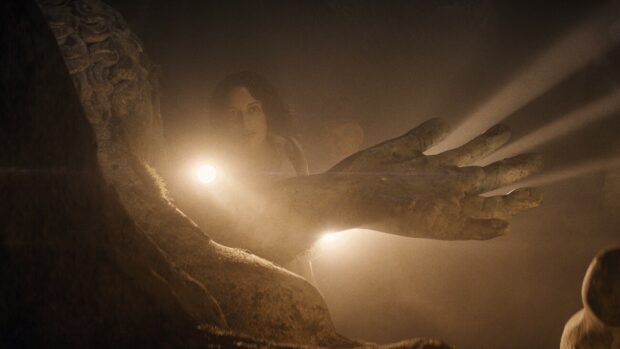



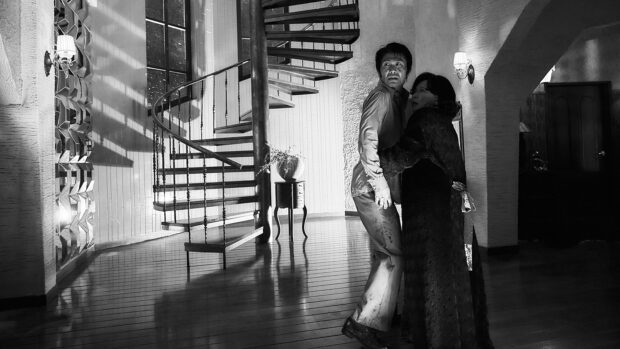

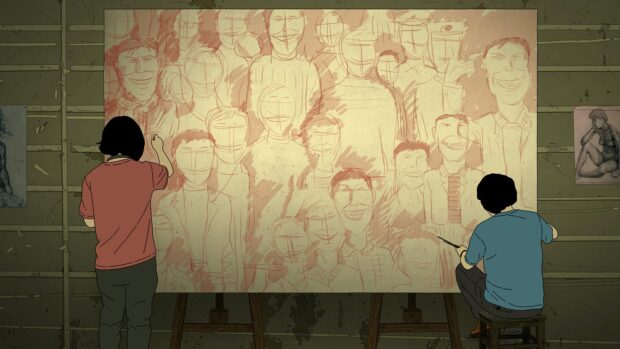
![Review: Thorns of Beauty [Nippon Connection 2023]](https://thereelbits.com/wp-content/uploads/2023/06/thorns-beauty001f-203x150.jpg)


![Review: Gold Kingdom and Water Kingdom [Nippon Connection 2023]](https://thereelbits.com/wp-content/uploads/2023/06/gold-water-kingdom001f-203x150.jpeg)


